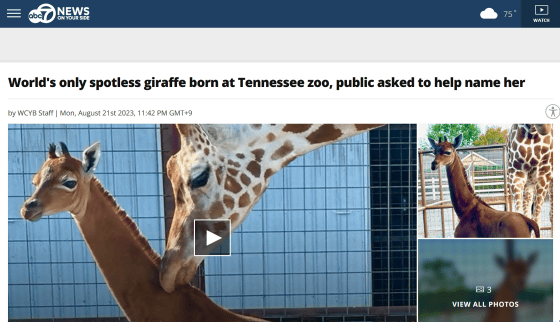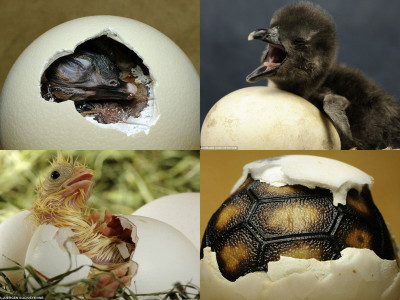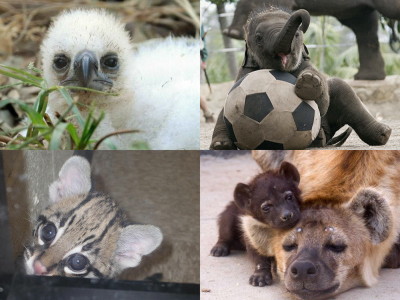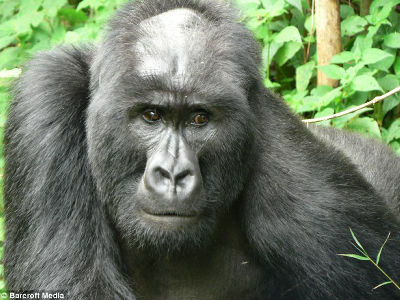A rare 'patternless giraffe' was born, and it has been almost half a century since Ueno Zoo's Toshiko in captivity

A rare patternless giraffe was born on July 31, 2023 at Brights Zoo in
World's only spotless giraffe born at Tennessee zoo, public asked to help name her | WJLA
https://wjla.com/news/offbeat/worlds-only-spotless-giraffe-born-at-tennessee-brights-zoo-public-asked-to-help-name-her-reticulated-giraffe-conservation

'World's rarest' giraffe born without spots at Tennessee zoo | Live Science
https://www.livescience.com/animals/giraffes/worlds-rarest-giraffe-born-without-spots-at-tennessee-zoo
Tennessee zoo says it has welcomed a rare spotless giraffe - CBS News
https://www.cbsnews.com/news/rare-spotless-giraffe-brights-zoo-tennessee-welcomes-baby-born-without-spots/
Adorable Baby Giraffe Without Spots Might Be One of a Kind : ScienceAlert
https://www.sciencealert.com/adorable-baby-giraffe-without-spots-might-be-one-of-a-kind
A zoo favourite, the giraffe is characterized by its long neck and distinctive markings. A 2018 study pointed out that the roundness and smoothness of giraffe patterns are inherited from mothers to children, and that the larger and rounder the patterns are, the higher the survival rate of young giraffes.
Surprisingly, however, a female giraffe born on July 31 at the Brights Zoo in Tennessee lacked any of the distinctive giraffe markings. You can check how the giraffe child actually born at Brights Zoo looks like in the following video.
Rare spotless giraffe born at Bright's Zoo-YouTube
Behind the reporter is the 'patternless giraffe' born at Brights Zoo.

This female giraffe was born on July 31st.

The whole body is covered with brown body hair, and it looks like a horse from the neck down.

This giraffe is raised by breeders and parents, and it is said that it has reached 6 feet in length (about 1 m 80 cm) at the time of 3 weeks after birth.

The Brights Zoo has been in contact with zoos across the country since the giraffe was born, but no case has been found of breeding giraffes with similar markings. Older and more experienced keepers also testified that they had never seen a giraffe without markings before.

According to zoo director David Bright, the last known spotless giraffe was Toshiko, born at Tokyo's Ueno Zoo in 1972.

The giraffe's spots are thought to act as camouflage in the wild to hide from predators. Also, bare giraffes may be at risk for heat build-up, as there is a sophisticated network of blood vessels beneath the spots that help release heat. However, this giraffe is raised in zoos rather than in the wild, so it may be more likely to survive.

The giraffes born this time are growing well in the zoo, but the number of wild giraffes is gradually decreasing. 'Wild giraffe populations are quietly endangered, with 40% of the wild population lost in the last 30 years,' Bright said, giving birth to the rare giraffe without markings. He hoped that the news that he had done so would serve as an opportunity to turn his attention to conservation activities for the giraffe as a whole.
In addition, Brights Zoo has decided to take the name of the giraffe from Swahili, 'Kipekee (meaning: unique)' 'Firayali (meaning: rare)' 'Shakiri (meaning: she is the most beautiful)' 'Jamella (meaning : one of great beauty)', and we are asking for votes on Facebook.
Related Posts:







